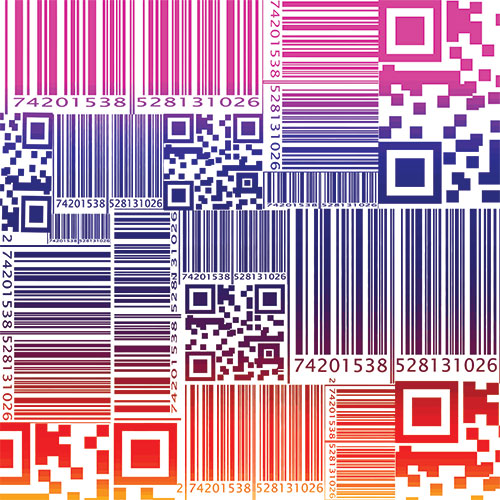Is there a clear answer to the 1D vs 2D barcode question? Barcoding plays a significant role in warehouse operations. They are a standardized, easily identifiable means of identifying products, goods, and equipment. As such, barcodes make it possible for warehouses to stay organized and operate at peak efficiency.
Although barcodes have been a technology staple since the 1970s, new advancements have ushered in modern solutions. These enable barcode readers to identify, process, and transmit more information than ever before. The two types of barcodes in use throughout warehouses today — 1D and 2D — each offer their own unique benefits.
What is a 1D barcode?
A one-dimensional (1D) barcode is the oldest and most recognizable type of barcode in use today. 1D barcodes are often seen on consumer goods in the form of a UPC. These barcodes contain information encoded into a linear, black-and-white, variable width pattern. One dimensional barcodes relay data that is typically linked to a database to function.
What is a 2D barcode?
A two-dimensional (2D) barcode is an updated version of 1D barcode technology. Integrating a wider variety of shapes like dots, squares, and hexagons, 2D barcodes encode data vertically and horizontally. Thus, 2D barcodes can hold a far greater amount of information.
Two dimensional barcodes also do not rely on databases. This allows patterns to encrypt far greater amounts of data, such as names, website URLs, and phone numbers.
How are 1D and 2D barcodes used in a warehouse environment?
1D and 2D barcodes are widely in use in modern warehouses, each containing its own set of benefits and drawbacks:
1D barcodes are good solutions for items that may change frequently. This is true because static data (like that of a product container) links up with dynamic information (like particular attributes about what’s contained within the container) stored in a database. But, 1D codes only contain linear data that must be scanned from specific angles. Because of this, poorly printed or hard-to-reach 1D barcodes can impact speed and efficiency.
2D barcodes offer a high degree of speed and accuracy. This allows barcodes of varying sizes to be scanned from many different angles. Although 2D barcode imaging scanners can be more expensive than 1D barcode scanners, the improved technology is far more durable. Plus, warehouse can record far more information, such as signatures.
So which one wins in the 1D vs 2D barcode debate? Many warehouses choose to deploy both 1D and 2D barcodes, based on their particular needs. Warehouse management software allows warehouses to seamlessly integrate 1D and 2D barcodes into common workflows. This ensures information is tracked and managed in real-time.
Radley’s flexible WMS uses 1D and 2D barcode technology to enable convenient warehouse automation. Schedule a demo today!

